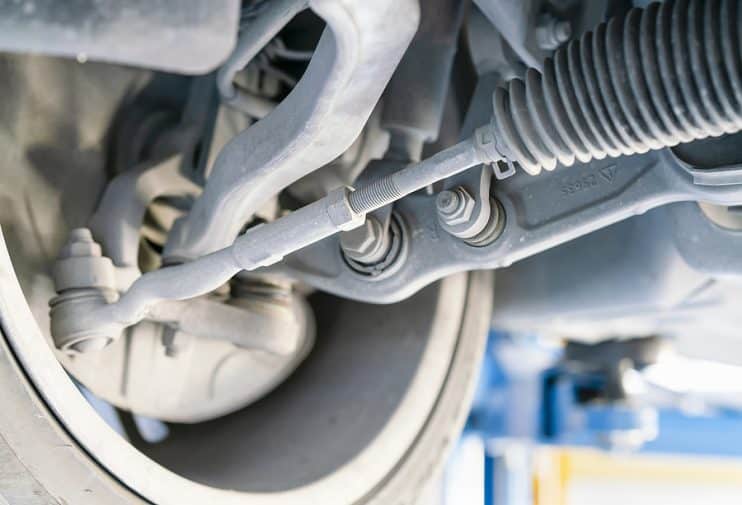
As a driver, you depend on your car’s steering system to control your vehicle on all types of roads, from winding country lanes to busy city streets. The steering rack is a vital part of the steering system because it transforms the turning of your steering wheel into the movement of your wheels. When the steering rack starts to fail, it can cause many problems that affect how your car drives and how safe it is on the road.
All drivers need to know the early warning signs of a faulty steering rack. If you spot these signs early, you can fix the problem before it worsens and you need a new or used steering rack to replace it. This can save you money on repairs and keep your car safe to drive on busy roads.
Table of contents:
- What are the symptoms of a failing steering rack, and what should you do?
- What is the steering rack, and what does it do?
- What causes a steering rack to fail?
- How to keep your steering rack well-maintained
What are the symptoms of a failing steering rack, and what should you do?
A failing steering rack can manifest in various ways, some subtle and others more obvious. Being attuned to these signs can help you catch problems early and maintain the integrity of your vehicle’s steering system. Our guide will give you all the key signs that your steering rack needs attention or replacing.
A fluid leak
Fluid leakage is one of the most common and noticeable signs of a failing steering rack. Power steering fluid is essential for the smooth operation of your steering system. A leak can cause plenty of problems with your steering, from friction to overheating. Look for a red or pink fluid beneath your car, particularly near the front wheels. Power steering fluid loss can cause the steering to become stiff or unresponsive.
In some cases, you might have a slow leak, which means you might not spot a pool of fluid under your vehicle. But you might notice when you’re checking your fluid levels. So, regular checking is a good idea to ensure there are no leaks or to catch leaks at an early stage before they cause further damage.

A smell of burning oil
Another telltale sign of steering rack problems is the distinctive odour of burning oil. This is a sign that your power steering fluid is overheating because there’s increased friction within the system. If your steering rack is wearing down, the power steering fluid also breaks down more quickly, leading to a burning smell.
Unusual noises
Grinding, creaking, or whining when you turn the wheel, particularly at low speeds or when idling, is usually a clear sign that something is wrong with the steering rack. These sounds happen when the components within the steering rack get worn down or damaged or aren’t lubricated properly. Ignoring these sounds can lead to further damage, so it’s best to have them investigated as soon as possible.
Odd steering wheel behaviour
Changes in how your steering wheel behaves can be a sign of steering rack issues. Here are some issues to look out for:
- Moves on its own: Your steering wheel seems to have a mind of its own, turning slightly without you doing anything.
- Doesn’t return to centre: After completing a turn, your steering wheel won’t naturally return to the centre position.
- Becomes heavy or stuck: Difficulty turning the wheel, especially at low speeds.
- Numb or dead spot: A lack of responsiveness in certain steering wheel positions.
- Loose steering: Too much play in the steering wheel, where you need to turn it more than usual to turn your vehicle’s direction.
- Vibrations: Unusual vibrations felt through the steering wheel, particularly when turning.
Dirty fluid
The condition of your power steering fluid can provide a clue as to how healthy your steering rack is. If it seems dark, dirty or has tiny particles, it could indicate an issue with the power steering pump or excessive wear and tear of the steering rack.
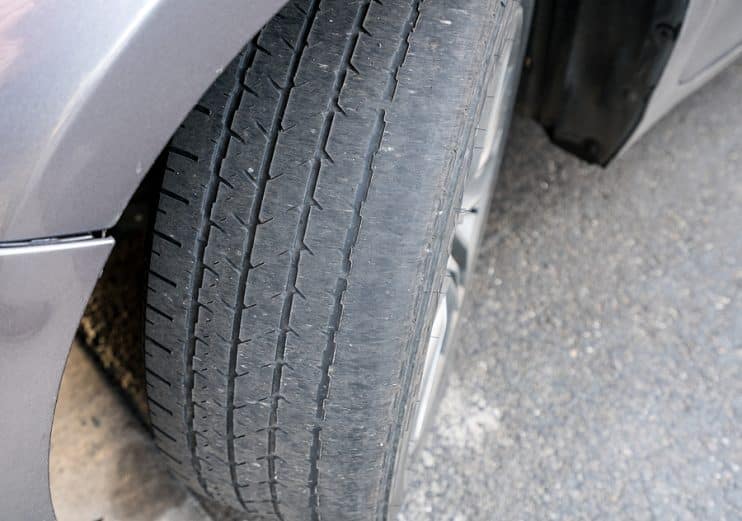
Uneven tyre wear
Several factors, such as alignment issues, can cause uneven tyre wear. Still, it can also be a symptom of a failing steering rack because your vehicle is sitting at slightly different angles, leading to uneven wear patterns on the tyres.
Car pulls to one side
If your vehicle consistently pulls to one side while driving on a straight, level road, it could be a sign of steering rack problems. While this can also be caused by alignment issues or uneven tyre pressure, combined with other steering-related symptoms, it may be a sign that your steering rack is failing and needs attention.
What is the steering rack, and what does it do?
The steering rack is a fundamental component of your vehicle’s steering system. It links your steering wheel and your car’s wheels, converting the steering wheel’s rotational motion into the linear motion needed to turn your vehicle’s wheels.
It’s usually part of a rack-and-pinion system in modern vehicles. This system consists of a rack (a long rod with gear teeth) and a pinion (a small gear). Turning the steering wheel rotates the pinion, which moves the rack from side to side. This movement is then transferred to the wheels via tie rods, causing them to turn.
Many vehicles now have power steering, which uses hydraulic or electric assistance to make steering easier, especially at low speeds. In these systems, the steering rack is crucial in distributing the power assist, making steering effortless and responsive.
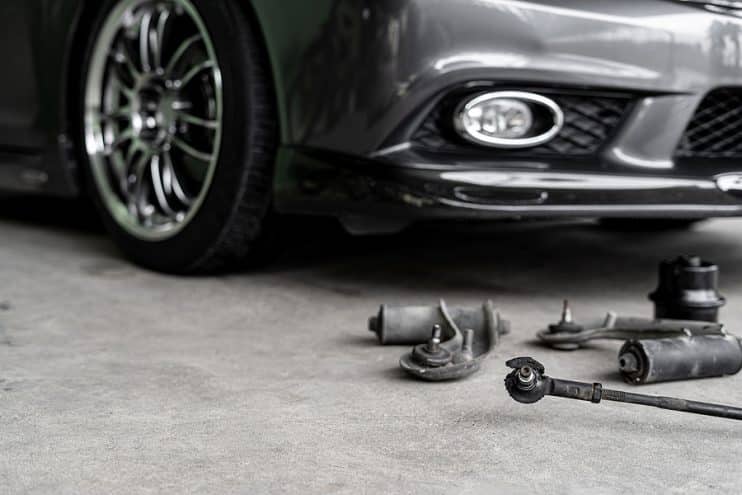
What causes a steering rack to fail?
Several factors can contribute to the deterioration of your vehicle steering rack:
- Wear and tear: Over time, the constant movement and stress on the system can cause components to wear down, leading to problems with the steering and eventual failure. The typical lifespan of a steering rack is around 80,000 miles. However, this can vary depending on your vehicle type and how you drive it. Regular maintenance can also extend the life of your steering rack, which is something to bear in mind,
- Impact damage: When you hit a curb or a pothole (a common problem on UK roads), you can cause immediate and significant damage to your steering rack. The physical impact can travel right through the system, from the wheels and suspension to the steering rack itself, causing it to bend or even break. The gear teeth on the rack and pinion system can also be damaged, which will cause problems with your steering response.
- Lack of maintenance: Not regularly changing the power steering fluid can lead to increased friction and wear within the system. Contaminated or low fluid levels can cause the steering rack to work harder, speeding up deterioration.
How to keep your steering rack well-maintained
Help keep your steering rack in good condition and hopefully extend its lifespan with these expert tips:
- Regularly check and top up power steering fluid levels.
- Have your power steering fluid flushed and replaced according to your vehicle manufacturer’s recommendations.
- Pay attention to any changes in how your steering feels and have any unusual noises or vibrations checked out straight away.
- Take extra care when you’re out on the road, especially on roads that have potholes. And avoid hitting the curb too often.
- Make sure your wheel alignment is checked regularly, especially if you have any work done on your suspension.
If you’re still unsure whether you have a problem with your steering rack, get professional advice from a qualified mechanic.




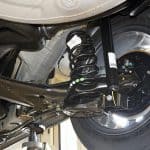

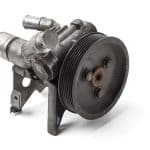
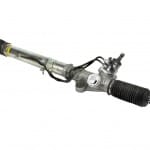
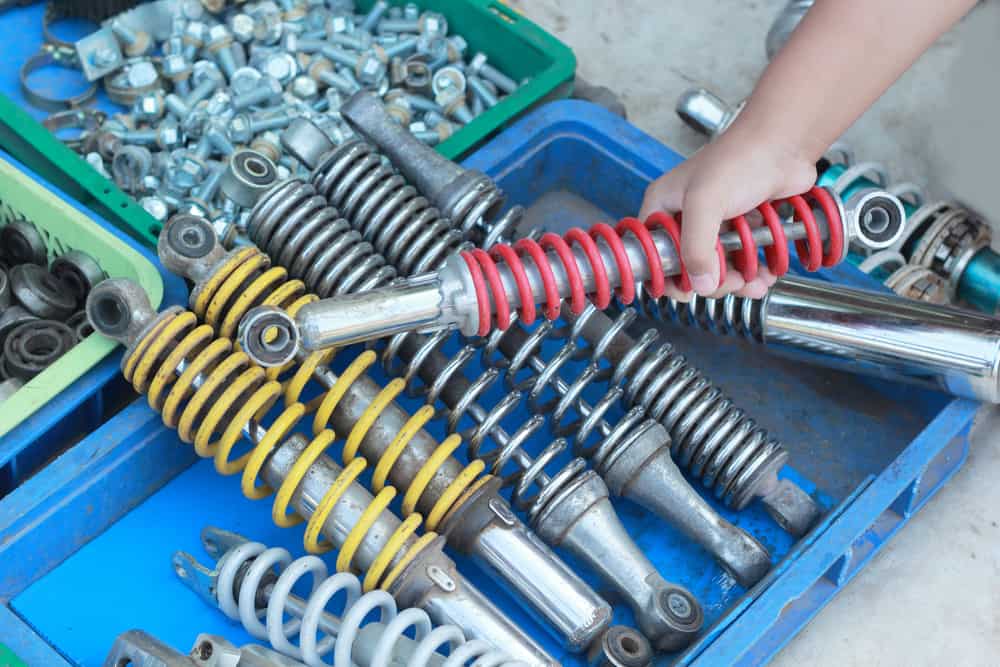
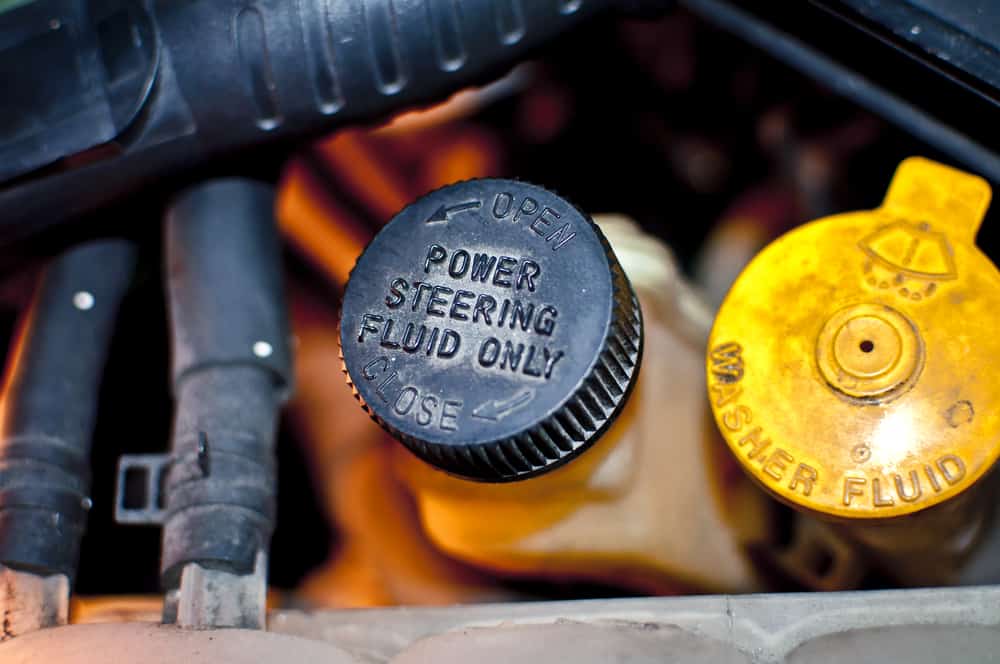
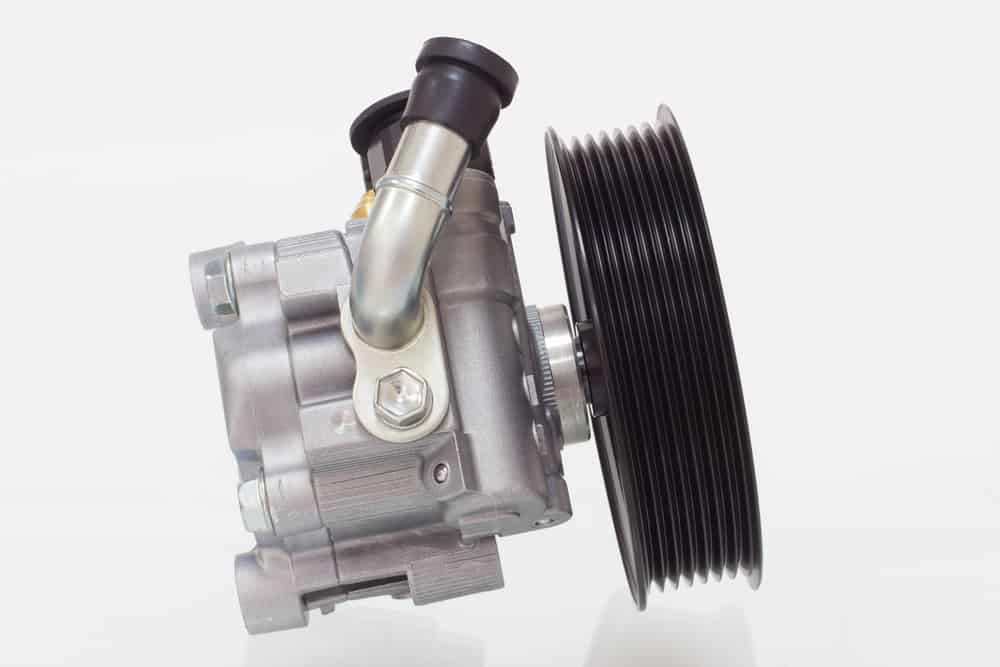
.png)